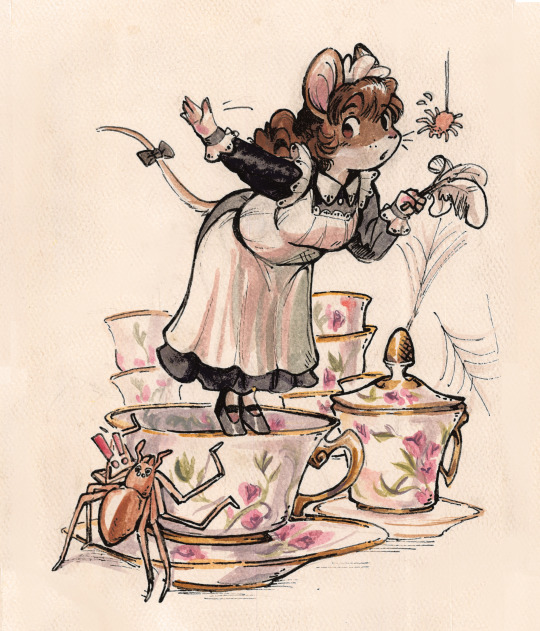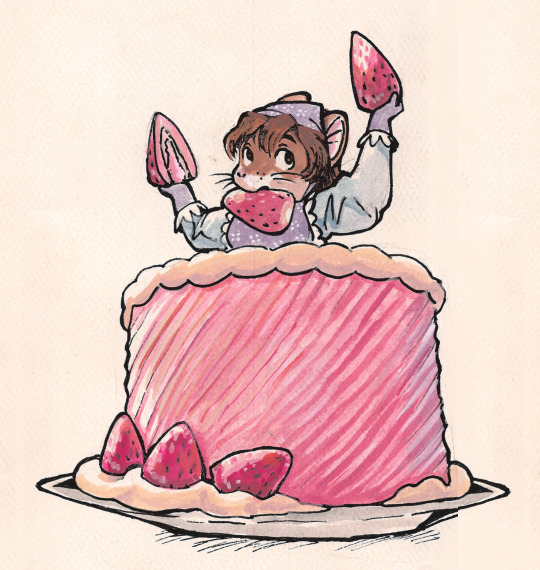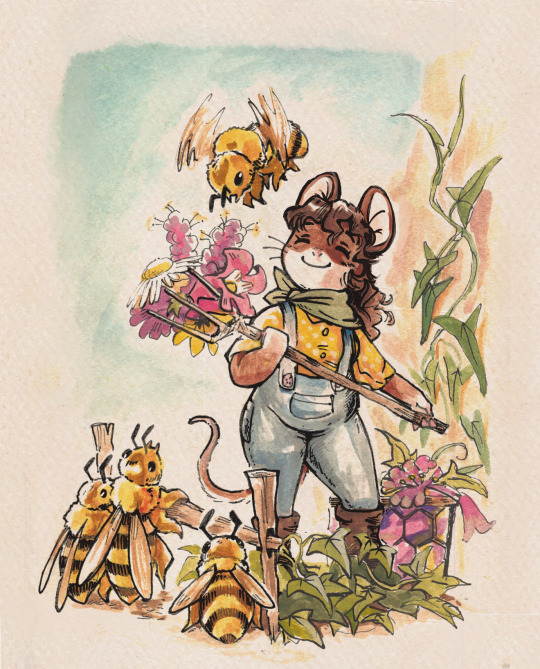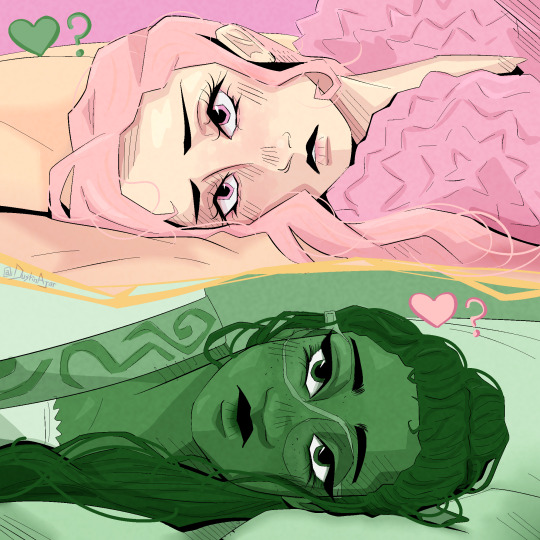Proudly Trans, Urbanism enjoyer, Certified Titty Grower Est. 5/20/2022 & Borderline Insubordinate 24 & 18+ minors fuck off she/her
Don't wanna be here? Send us removal request.
Text
What a year. How this year started, and where we are now is not something I would have thought possible. Leaving this year with one less girlfriend, the most uncertain future imaginable, and possibly moving across the nation is really something. I think in all honesty, this year was a the epitome of one step forward two steps back. Maybe progress was made or maybe that was just time passing me by. Either way, all that we can do is wish them well and have in our hearts the resolve to persist. I hope y'all have a very wonderful evening and a most jolly Christmas

22K notes
·
View notes
Text

The feeling… the feeling isn’t loathing 🗣️ (a quick illustration of them)
My instagram
2K notes
·
View notes
Text



The gig economy is so hard when you're a brunette girl that's like 3 inches tall...
32K notes
·
View notes
Text

@wolfertinger666 congratulations on being elected boss of transgender
4K notes
·
View notes
Text
well you see this masculine term is "gender neutral" because for the longest time, men were the only people considered human beings, hope this helps!
7K notes
·
View notes
Text

im so disappointed and proud of this fandom i came across this on Instagram and like 95% of the comments were saying the exact same thing💀💀
62K notes
·
View notes
Photo

White spotted #tulle in layers like whipped meringue fall to the floor in Dior’s 1957 formal gown. The only other colour is the pale sage satin ribbon pinching the décolletage, anchoring the cloud of white. Victoria & Albert Museum.
#need this more than water#gosh its so pretty#i want the 50s fashion but none of the social expectations#i just want to be pretty
351 notes
·
View notes
Text
Fish and War are the two most common things to mong.
10K notes
·
View notes
Text

the only thing i ever saved from @ 0rgasmic tips for girls
11K notes
·
View notes















